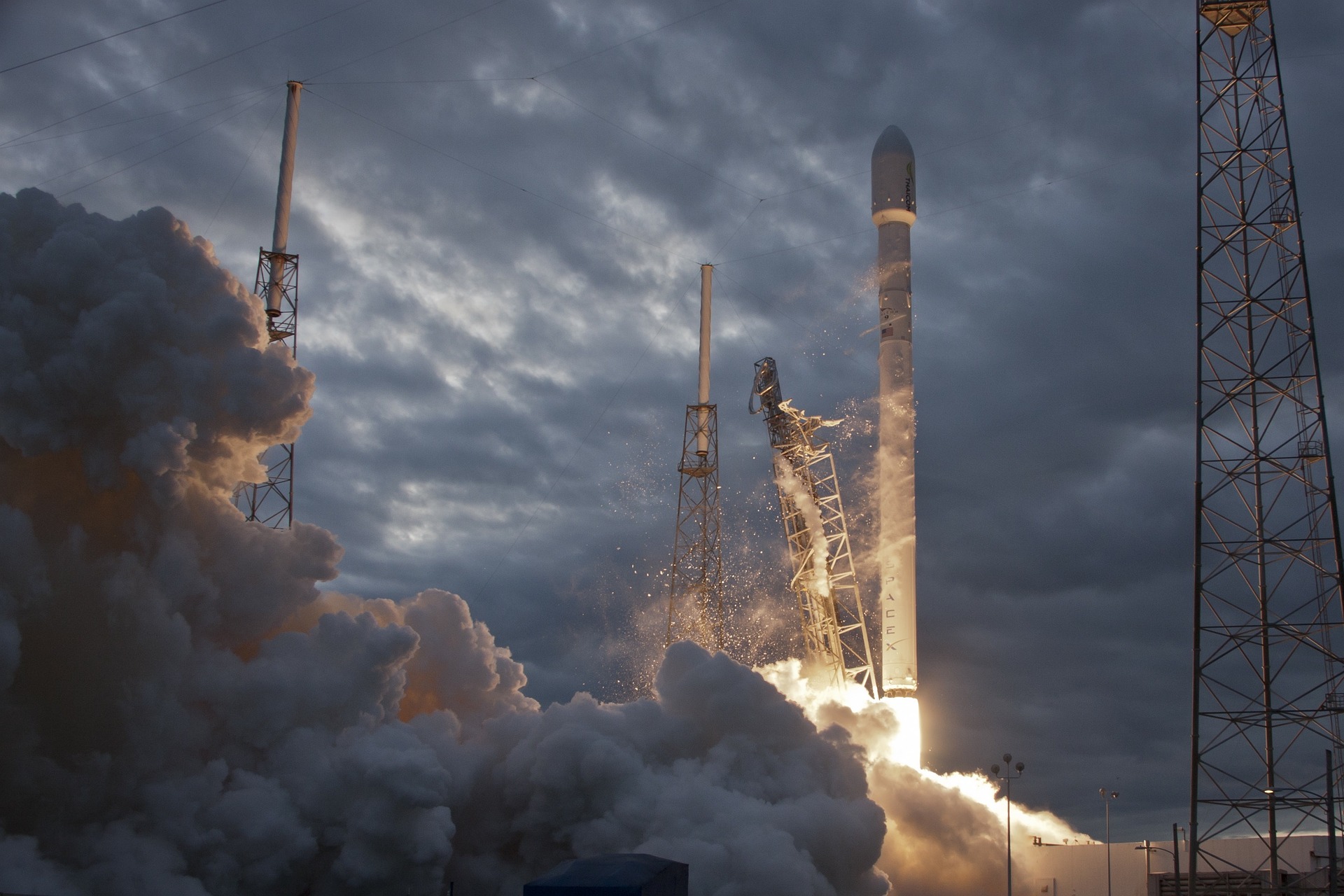Artemis III is set to become one of the most significant milestones in modern space exploration, representing a bold leap forward under NASA’s Artemis program. This mission will mark the first time since the end of the Apollo program that astronauts will set foot on the lunar surface. But beyond the historical echoes of past missions, Artemis III is about the future: a sustainable, inclusive, and ambitious expansion of human presence beyond Earth.
Planned for the mid-to-late 2020s, Artemis III will transport astronauts to the Moon aboard the Orion spacecraft, launched atop the Space Launch System (SLS)—NASA’s most powerful rocket ever built. The mission’s target is the Moon’s South Pole, a region of immense scientific interest due to its permanently shadowed craters. These craters are believed to contain vast reserves of water ice, an invaluable resource that could provide drinking water, breathable oxygen, and even fuel through electrolysis, enabling long-term human presence on the Moon and supporting future missions deeper into space.
Unlike the Apollo missions, Artemis III is not a one-off expedition but a key piece in NASA’s broader vision for sustainable lunar exploration. The mission is part of a long-term roadmap to build a foundation for future human exploration of Mars and beyond. Artemis III is expected to test vital systems and strategies for operating in deep space, including living and working on another celestial body for extended periods.
What sets Artemis III apart is not just its technical ambition but also its social significance. For the first time in history, a woman and a person of color will walk on the Moon. This crew composition reflects NASA’s renewed commitment to diversity, equity, and inclusion in space exploration—an acknowledgment that the future of space belongs to everyone. Representation matters, not just symbolically, but because it brings a richer variety of perspectives, problem-solving approaches, and innovations.
Once launched by the SLS, the Orion spacecraft will travel approximately 240,000 miles to lunar orbit. There, the crew will transfer to the Human Landing System (HLS)—developed by SpaceX—which will then descend to the lunar surface. This lander, based on a modified version of SpaceX’s Starship, represents a new chapter in public-private collaboration in space. NASA’s partnership with SpaceX demonstrates a shift in strategy: harnessing the agility and innovation of commercial aerospace companies to complement governmental space efforts.
The mission will involve multiple EVAs (extravehicular activities) on the lunar surface. Astronauts will conduct in-depth scientific research, collect geological samples, test new equipment and technologies, and study the behavior of materials and human physiology in the Moon’s unique environment. These tests are not only critical for understanding the Moon itself but also provide a blueprint for future missions to Mars, where astronauts will face even more extreme and isolated conditions.
NASA’s goals with Artemis III extend far beyond exploration. The agency envisions a future where the Moon becomes a platform for scientific discovery, economic development, and technological innovation. The Artemis program is paving the way for international partnerships, with agencies like ESA, JAXA, and CSA already contributing to various aspects of the mission. The Lunar Gateway, a small space station that will orbit the Moon, is also part of this global strategy and will serve as a staging point for lunar missions and potentially Mars-bound expeditions.
Moreover, the mission emphasizes environmental awareness and sustainability. The lessons learned from utilizing in-situ resources, like water ice, could inform how humanity approaches long-term survival beyond Earth. Artemis III serves as a testbed not only for scientific technologies but also for ethical and logistical frameworks of living off-world.
In essence, Artemis III is more than a mission—it is a statement of intent. It embodies a future where space is not just the domain of a few elite astronauts but a realm open to all of humanity. Through cutting-edge engineering, strategic alliances, and an inclusive vision, NASA is not just going back to the Moon—it’s redefining our relationship with it.
As the world watches Artemis III unfold, we are reminded that space exploration is not merely about reaching new places, but about evolving who we are as a species—curious, determined, and united under the shared dream of pushing boundaries, together.
Artemis III
Launch Date: 01/01/2025
Agency: NASA
